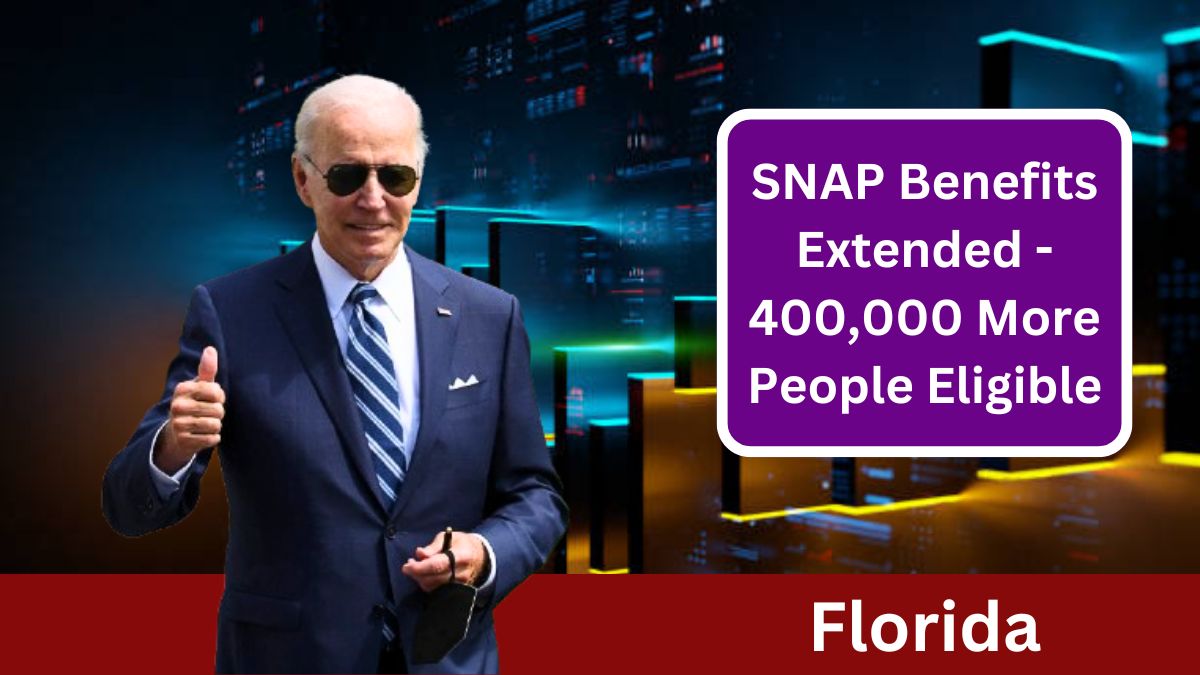More than 400,000 Florida residents impacted by Hurricanes Helene and Milton now qualify for federal food assistance, according to a recent announcement by the USDA. The Disaster Supplemental Nutrition Assistance Program (D-SNAP) will support approximately 407,733 households across 24 counties that suffered significant damage from two powerful hurricanes hitting within just 12 days of each other.
D-SNAP
The Disaster Supplemental Nutrition Assistance Program (D-SNAP) is designed to provide emergency food assistance for families who wouldn’t ordinarily qualify for SNAP benefits (commonly known as food stamps) but find themselves in need after a disaster. While traditional SNAP benefits focus on low-income households, D-SNAP offers temporary food assistance specifically to those who might not typically qualify but have faced disaster-related hardships, such as job loss, property damage, or evacuation expenses. However, individuals already enrolled in regular SNAP benefits are not eligible to apply for D-SNAP.
USDA’s Commitment
Agriculture Secretary Tom Vilsack reiterated the USDA’s commitment to supporting those affected by the hurricanes, ensuring they receive help with essential needs like groceries. “The Biden-Harris Administration, including USDA, will do everything in our power to help you respond, recover, and rebuild – no matter how long it takes,” Vilsack stated.
Eligibility for D-SNAP
To qualify for D-SNAP, Florida residents must reside in one of the affected counties and meet specific income criteria. For instance, a household of four is required to have an income below $3,529 per month to be eligible. Income limits vary depending on household size, ensuring that those in greatest need receive assistance.
D-SNAP Income Eligibility
| Household Size | Maximum Monthly Income |
|---|---|
| 1 | $1,677 |
| 2 | $2,269 |
| 3 | $2,861 |
| 4 | $3,529 |
Application Phases
Florida has organized the D-SNAP application process in three phases across affected counties, combining both phone and in-person applications to maximize accessibility.
Phase 1 (October 28 – December 9)
- Counties: Columbia, Dixie, Franklin, Gilchrist, Hamilton, Jefferson, Lafayette, Levy, Madison, Suwannee, Taylor, Wakulla
- Phone Applications: October 28 – October 31
- Onsite Applications: Each county will accept applications for three days from November 1 to December 9
Phase 2 (November 4 – December 3)
- Counties: Charlotte, Hernando, Manatee, Pasco, Pinellas, Sarasota
- Phone Applications: November 4, November 6 – November 8
- Onsite Applications: Each county will accept applications for three days from November 9 to December 3
Phase 3 (November 12 – December 15)
- Counties: Citrus, Hardee, Highlands, Hillsborough, Lee, Volusia
- Phone Applications: November 12 – November 15
- Onsite Applications: Each county will accept applications for three days from November 16 to December 15
These three phases are organized to streamline the application process and prioritize immediate assistance for the most affected areas. Eligible residents should check their county’s specific dates and prepare required documentation for a smooth application process.
For hurricane-impacted Floridians, D-SNAP provides more than a temporary relief program; it’s a vital resource that allows families to focus on recovery without worrying about food.
FAQs
Who qualifies for D-SNAP in Florida?
Residents in eligible counties meeting specific income requirements qualify.
What’s the income limit for D-SNAP?
A family of four must earn below $3,529 monthly.
Can current SNAP recipients apply for D-SNAP?
No, D-SNAP is only for non-SNAP households impacted by disasters.
How do I apply for D-SNAP?
You can apply by phone or in person during scheduled dates.
Which counties are included in Phase 1?
Columbia, Dixie, Franklin, Gilchrist, Hamilton, and seven more counties.











